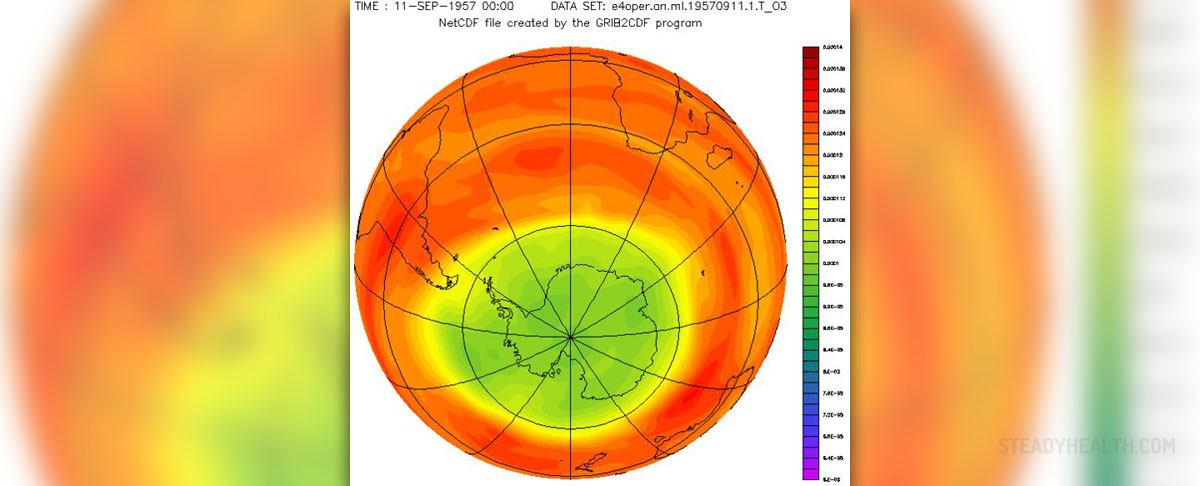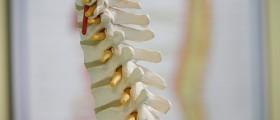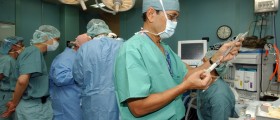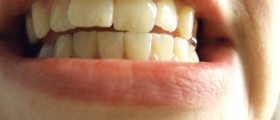
Introduction
Ozone nucleolysis is a non operative intervention for thetreatment of discogenic pain and disc prolapsed (slipped disc). It is alsosometimes referred to as ozone discectomy or ozonucleolysis. It is a simple daycare procedure and it does not involve general anesthesia. Other procedures forthis medical condition are much more expensive, much more complicated, and theyare not that safe. For those who do not, disc prolapsed is a medical conditionwhich is one of the most common causes of painful sensations in the lower backwhich radiate to the limbs. All different types of treatment methods rely ondecompression of the nerve roots. The most common types of surgicalinterventions involve taking out of the disc and then decompressing the foremenand disc. The success of all different types of lumbar disc surgeries issomewhere between 49 and 95 percent. If a person needs to undergo are-operation, the success is usually somewhere between 4 and 15 percent. There arevarious different reasons and factors which can be held responsible for thefailure, but the most common ones include presence of neuropathy, mechanical instabilitywhich results from the partial removal of ligamentous and bony structures requiredfor decompression and surgical exposure. Other possible causes of failureinclude facial fibrosis, muscle fibrosis, arachnoidal adhesions and duralfibrosis. This is why doctors constantly search for alternative methods whichcould be much safer and still provide the ability to decompress the nerve rootswithout compromising the structural stability. Transformational epiduraldecompression is one of the most successful types of processes, butunfortunately it may be involved with reoccurrences. Another very successfultype of process is the one known by the name of chemonucleolysis, butunfortunately in some cases it may induce anaphylaxis after the administrationof the intradiscal chymopa pain injection. Ozone injections in the discogenicradiculopathy are very efficient and they are much less invasive than all othertypes of process. Ozone injections are also associated with fewer chances ofrecurrence and only a significantly low number of side effects.
Ozone
Ozone actually has an active oxygen atom which getsliberated so that it does not break down. When it gets injected into the disc,the disc shrinks and becomes mummified, so the nerve roots getdecompressed. Another great thing aboutozone injections is that they provide the affected area with very potent antiinflammatory properties. The procedure only involves local anesthesia.

















Your thoughts on this
Loading...